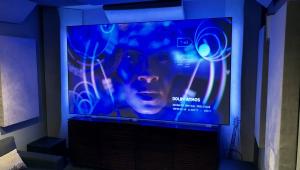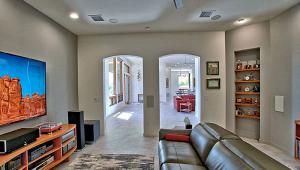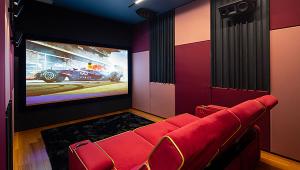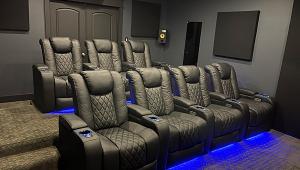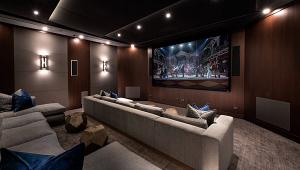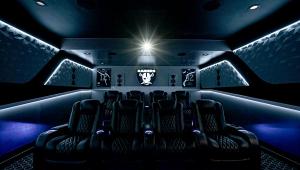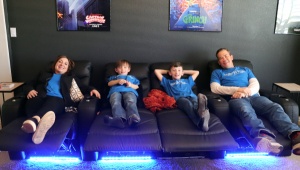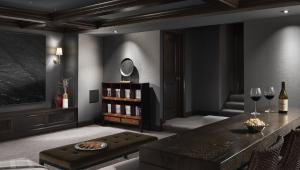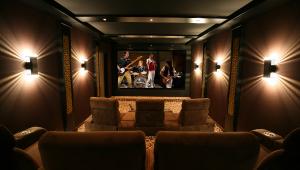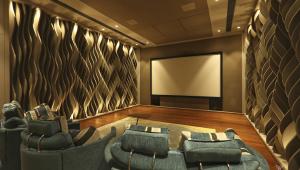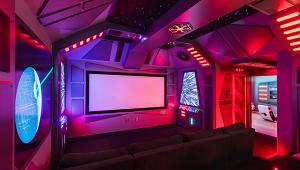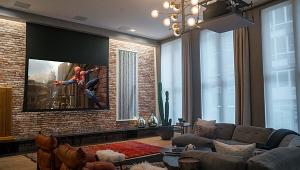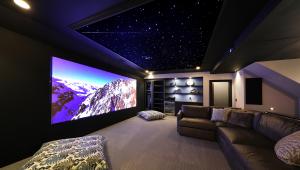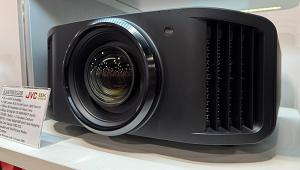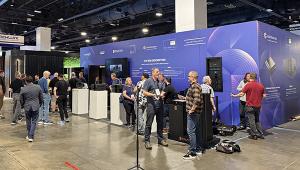Your essay is really valuable to me; I want to read more of your writings. I have recently discovered a fairly nice game called geometry dash unblocked ; if you have time, please join and play with me.
Magic Is Possible When Modern Tech Meets History
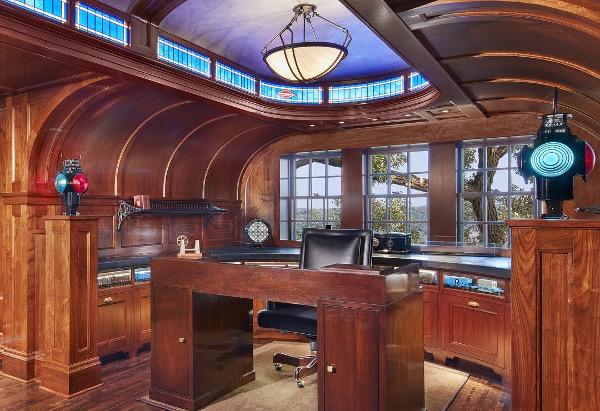
The custom installation pros from Admit One Home Theater in nearby Edina were tasked with a two-part challenge: Create an A/V system for the space that wouldn’t detract from its turn-of-the-century grandeur and tie it into the centralized home automation/distribution system they’d previously installed in the home.
“The homeowner didn’t want to compromise his options of what he could watch or listen to,” recalled Lance Anderson, CEO and founder of Admit One. “He wanted the same features in this room that he’d grown accustom to throughout the rest of the home,” which includes access to two cable TV feeds, a couple Sonos music systems, an Integra CD changer and Apple TV streaming media player, and a Kaleidescape server and disc player.

It didn’t take long to exhaust “normal” solutions. The top-floor room, which overlooks the home’s spacious wooded lot, is defined by custom woodwork and curved ceiling, which meant putting speakers in the walls or ceiling was a no-go.
“We also didn't feel like any of the bookshelf speakers on the market accomplished our objectives,” Anderson explained, “so we started researching period-specific radio and speaker solutions. We were looking for stuff that would fit the time period but also work with the modern components we had to incorporate. We really wanted the click/clack of an on/off toggle and we needed to find a radio with enough control points, so the knobs and controls were super important as was the size of the radio.”

An exhaustive online search led Anderson and systems engineer Andy Hepola to the Model 40 AM table radio built by the Atwater Kent Mfg. Co. in the late 1920s and the standalone F Series speaker it was paired with. Popular in its day, the radio was powered by vacuum tubes and one of the first radios to operate on AC power.
“They fit the bill perfectly but we had to buy lots of Model 40s and F Series speakers to find a unit that was the most ‘restorable,’” Anderson said. “We found many speakers that fit the design aesthetic but the Atwater Kent F Series provided the best depth and enclosure volume.”
With the right radio and speakers in hand, it was time for physical restoration — which produced the elegant black radio and companion speaker shown above — and an electronics overhaul that would bring twenty-first-century capabilities to a radio that was almost 100 years old. This was no easy task.

“There was no playbook — we had to engineer and source all materials from the ground up,” explained Hepola, who designed the system and served as project manager. “Finding digital dials to work with the original Atwater Kent knobs was very challenging.”
Transforming the antique radio into a fully customized control center was painstaking work that involved attaching the original volume knob to a rotary encoder and mute button and retrofitting the original tuning dial with a nine-position rotary switch for source control. Both communicate with a Raspberry Pi 3 Model B 64-bit quad-core computer (top left in photo below) and a POE (Power-over-Ethernet) splitter (top right) that translate and send command signals to the mothership — an RTI XP-8s control processor in the main system rack downstairs.

When all was said and done, the original controls performed the tasks they were intended for but with a modern twist. The toggle switch turns the home office zone on and off, while the knob above it controls volume with the addition of a mute button. The AM tuning dial on the left clicks through 9 presets that have been programmed to access audio and video sources.
Bringing the Atwater Kent F4A speakers into the twenty-first century required a more extensive overhaul. Apart from physical refurbishing, each enclosure was gutted and outfitted with a high-performance 4-inch Peerless woofer and Morel MDT-29 textile-dome tweeter. One of six Lexicon multichannel DD-8 amps in the main A/V rack deliver 125 watts per channel of power.

To bring a modest touch of video into the fold (it is, after all an office), the Admit One team installed hidden 32-inch 4K video screen that rises magically from the counter when you turn the system on and disappears when you turn it off. A motorized mechanism from TV-lift specialist Nexus 21 does the honors.

“We knew we were handing Admit One a challenge with this project and we are enamored with their solution,” the homeowner said of the months-long project. “The radio exceeded our aesthetic needs while giving us the features we were looking for. We love the simplicity of the dials and toggle switch.”
Indeed, good things come in small packages and, as Lance Anderson likes to say: “There’s something so sweet about controlling a six-figure audio and video system with a 100-year-old radio.”
- Log in or register to post comments

